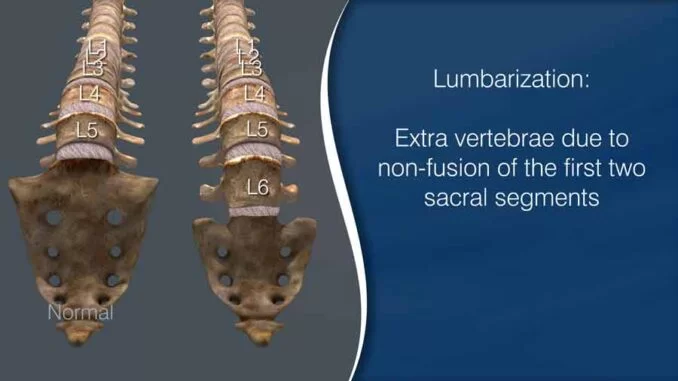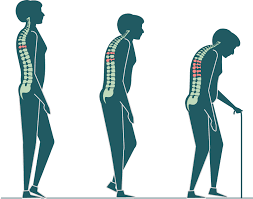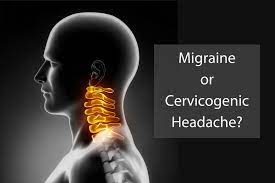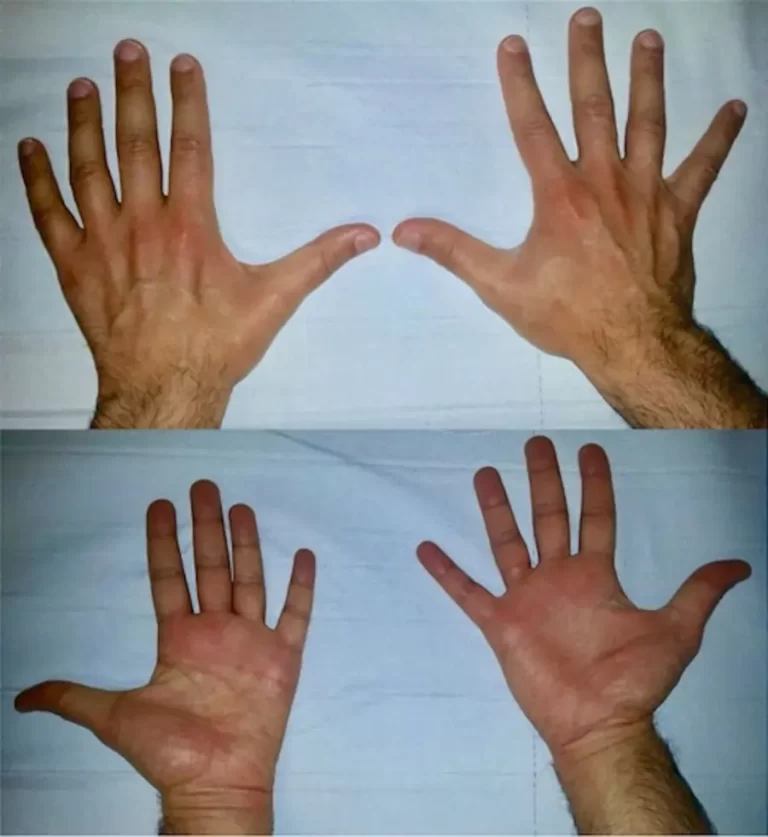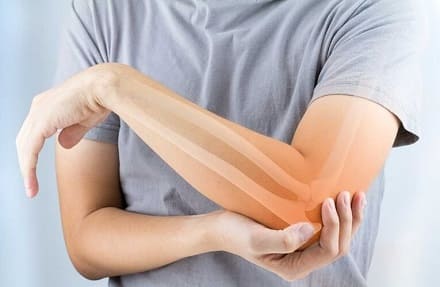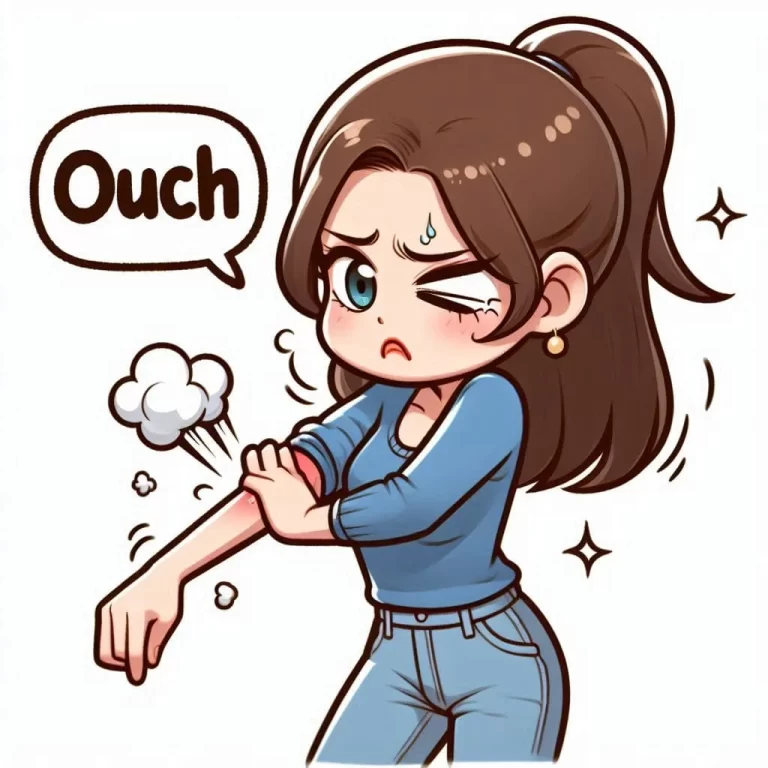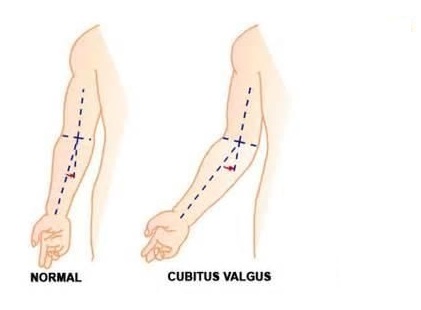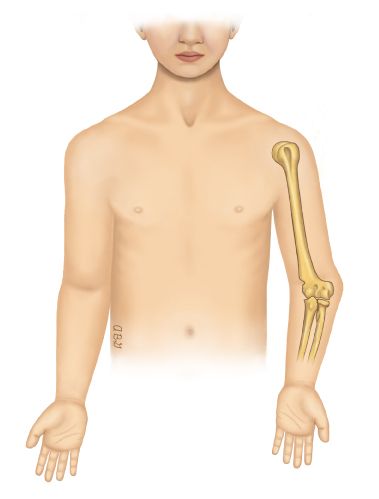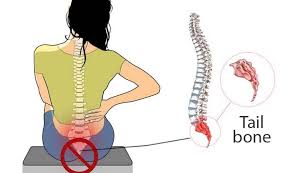Lumbarization: Physiotherapy Treatment:
Definition: Lumbarization is a condition in which the first segment of the sacrum fails to fuse with the second segment so that it appears to be part of the lumbar vertebrae. Related Anatomy: The human spine is composed of vertebrae namely, cervical, thoracic, lumbar, sacral and the coccyx at the lower end. There are 5…

